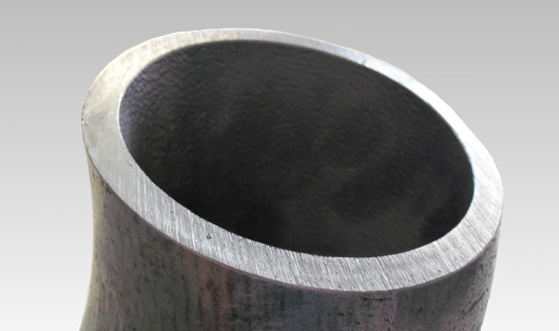STAMPING – BENDING – ASSEMBLING
Our stamping lines produce forces up to 3150 kN and our 19 mechanical and hydraulic insertion presses generate forces up to 3150 kN (toggle presses use up to 10,000 kN). This allows us to complete (almost) any challenge handed to us.
Especially for the automotive sector we produce single and compact retainer components.
Our in-house design and tool making department, as well as external and long-standing partners in the area of water jet/laser cutting and bending, we are able to deliver prototypes as fast as possible.

















